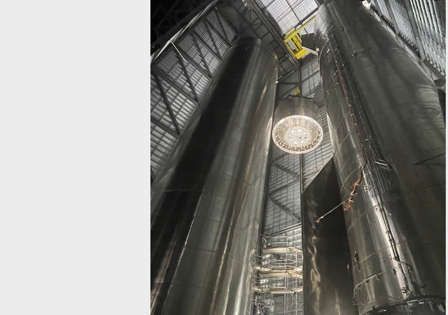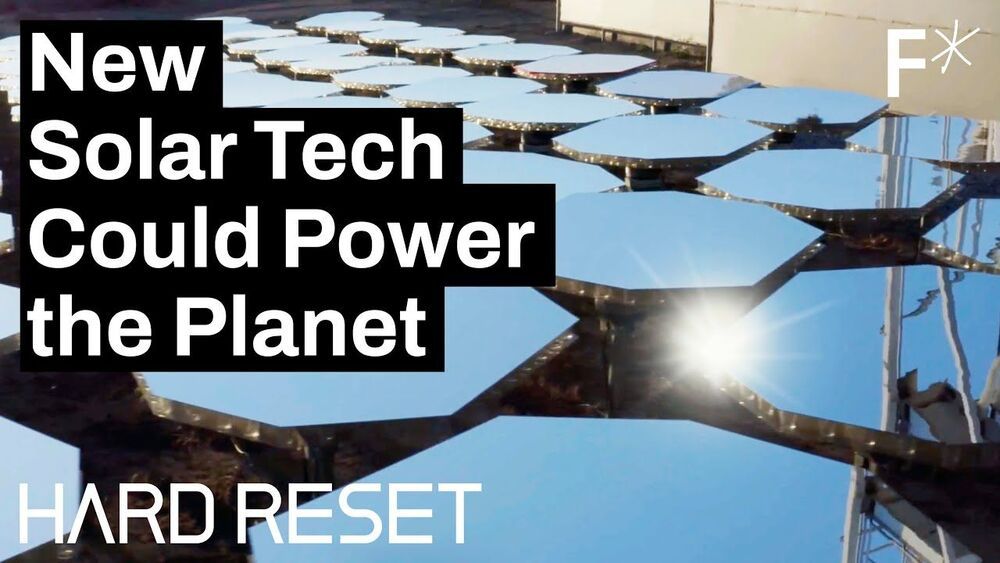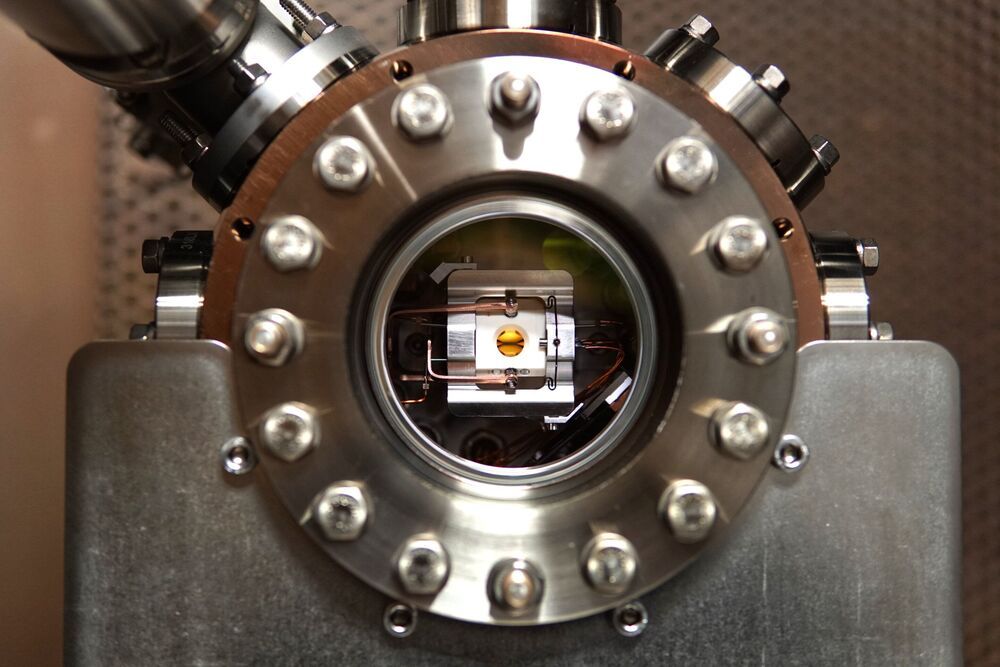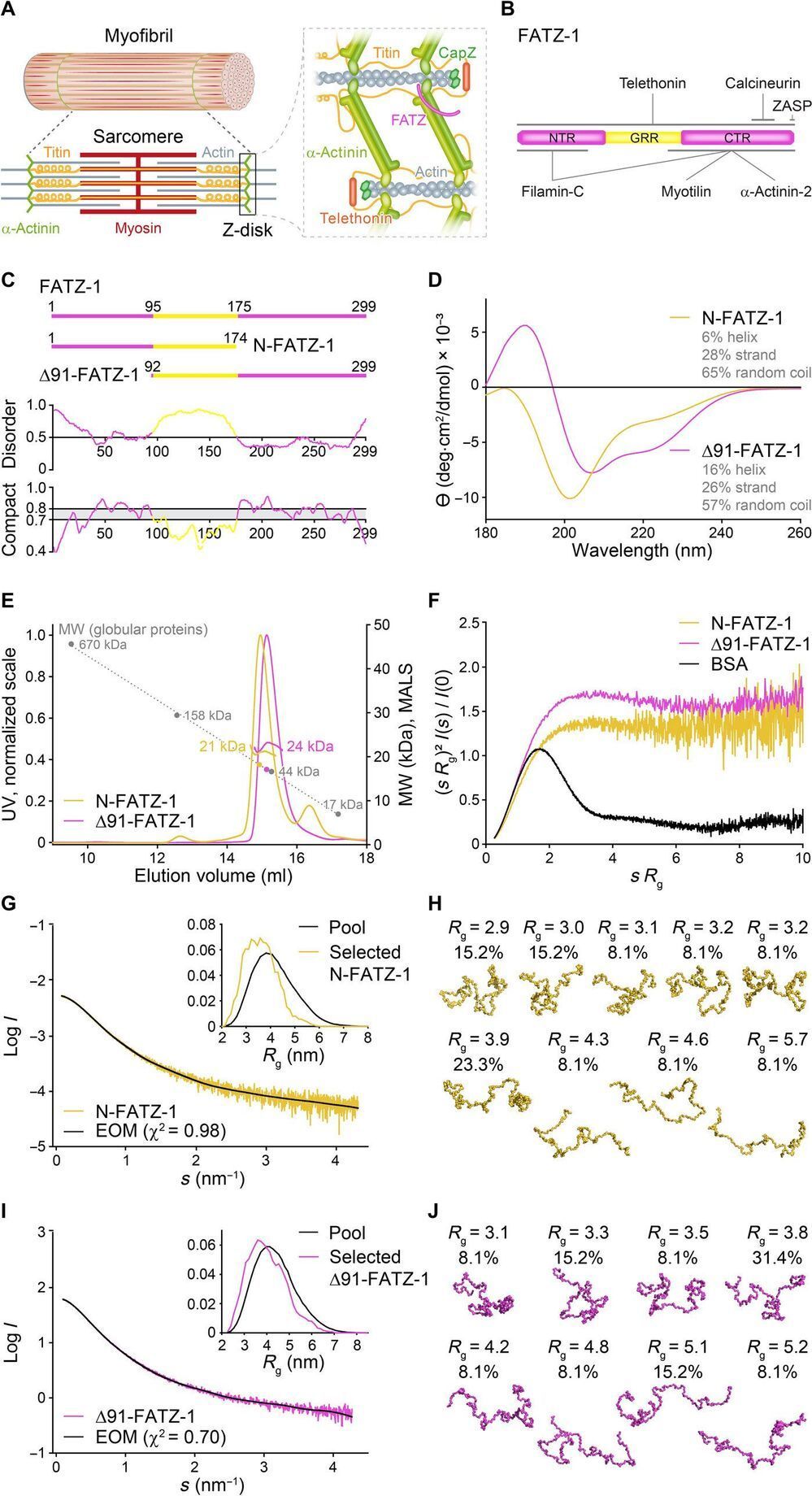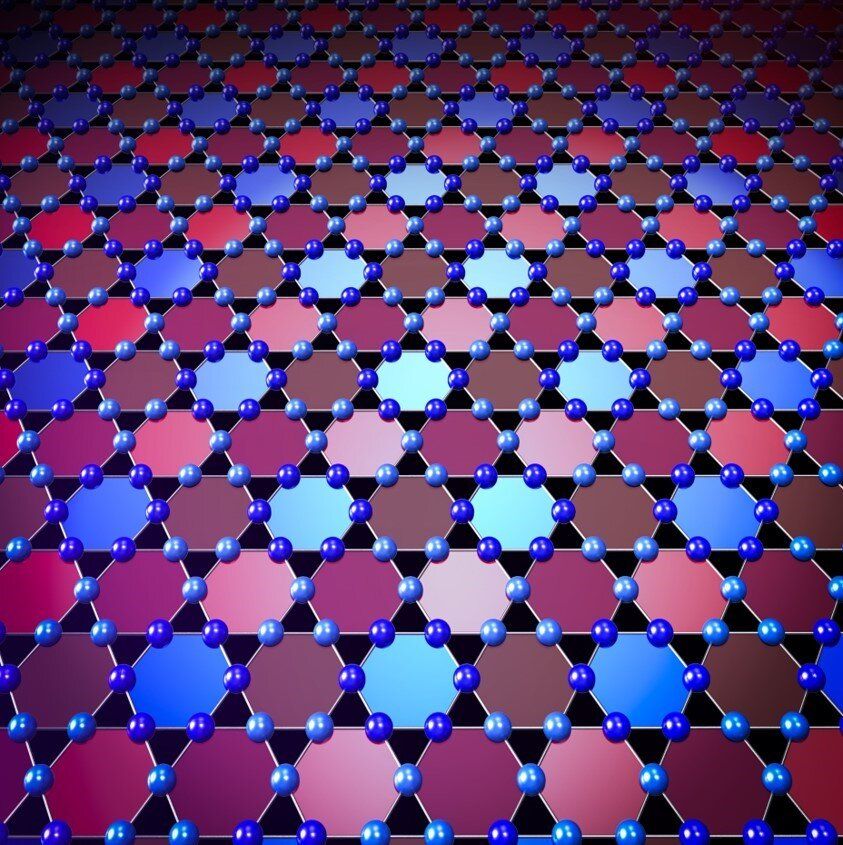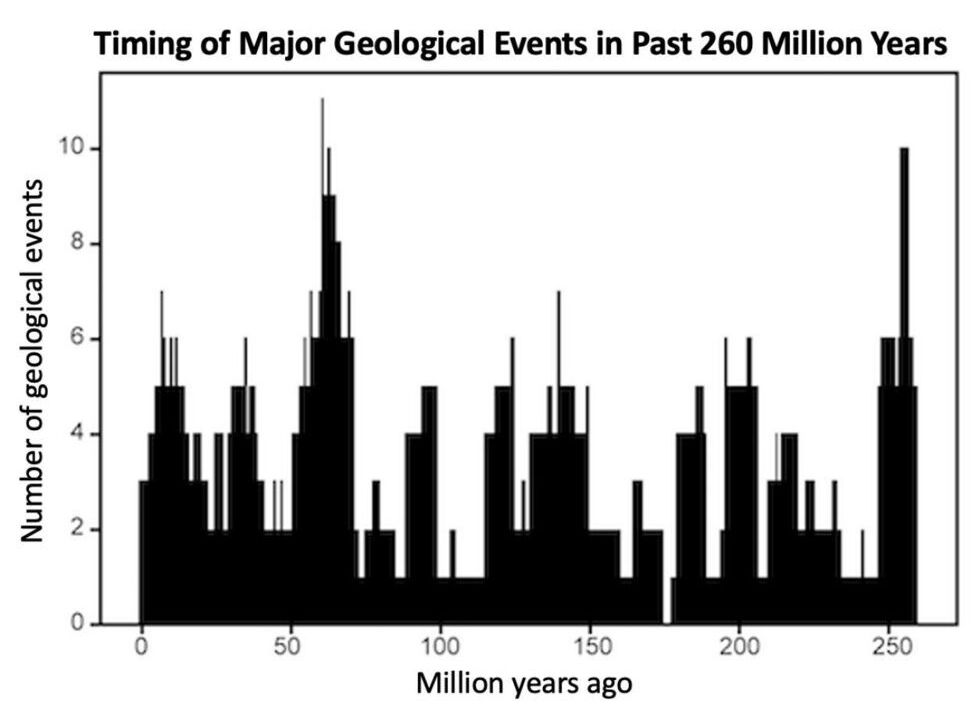SpaceX is gearing up for the most ambitious test flight yet of its Starship Mars rocket.
In the future, Weston would like to see ReFirm become part of the certification. “To not only make sure that you’re shipping the device secure, but that it’s being scanned regularly by this ReFirm firmware technology and you’re keeping the firmware up to date.”
Despite the name, ReFirm might not stay restricted to firmware. Microsoft has static and dynamic analysis tools it can add to the product, which Weston compared to VirusTotal’s frequent updates with new analysis options. “I can keep putting layers of tools in that analysis pipeline. I think this has the opportunity to be a VirusTotal-like product that, rather than looking for malware, is looking for vulnerabilities in an arbitrary object. We’re focused on firmware because that seems like the right application, but it could be VM snapshots or many, many other things.”
There’s good news for fans of the open-source Binwalk tool, too. Microsoft will be investing heavily in that, because it’s already widely used by multiple teams across the company who have feature requests, says Weston: “I think we probably have a few years’ worth of backlog ideas already!”
Concentrated solar power might just revolutionize the energy sector as we know it.
Subscribe here: http://freeth.ink/youtube-subscribe-concentratedsolarpower.
Concentrated solar power is produced using a large amount of mirrors which are angled to reflect the sunlight onto a large solar receiver. Aside from being clean energy, one of the most promising advantages of CSP is that it can generate transportable energy for use far beyond where it was harvested.
The idea of concentrated solar power isn’t new — the first commercial plant was developed in the 1960s. But a company called Heliogen has found a way to make the process of reflecting and storing sunlight much more accurate and efficient. And soon, it might be more cost-effective than fossil fuels.
This product came out months ago with some shocking numbers as to effect. But those effects were in mice tests. 10–20% increase in lifespan and 55% increase in healthspan. It is AKG, Rejuvant, it’s a product you can buy now. There will be a part 2 of this interview so I hope to hear about human data.
Here we present an interview with Tom Weldon the founder and CEO of Ponce de Leon Health, which makes Rejuvant a Calcium AKG based supplement. In this video Tom talks through the process and reasons for selecting CaAKG. He also talks about some of the other results that they found in their tests, especially with respect to mixing different supplements and their combined effects.
This it part 1 of a two part series. In part 2 we talk about his personal experience and on going clinical trials. With that let me start the interview.
Quantum computers developed to date have been one-of-a-kind devices that fill entire laboratories. Now, physicists at the University of Innsbruck have built a prototype of an ion trap quantum computer that can be used in industry. It fits into two 19-inch server racks like those found in data centers throughout the world. The compact, self-sustained device demonstrates how this technology will soon be more accessible.
Over the past three decades, fundamental groundwork for building quantum computers has been pioneered at the University of Innsbruck, Austria. As part of the EU Flagship Quantum Technologies, researchers at the Department of Experimental Physics in Innsbruck have now built a demonstrator for a compact ion trap quantum computer. “Our quantum computing experiments usually fill 30-to 50-square-meter laboratories,” says Thomas Monz of the University of Innsbruck. “We were now looking to fit the technologies developed here in Innsbruck into the smallest possible space while meeting standards commonly used in industry.” The new device aims to show that quantum computers will soon be ready for use in data centers. “We were able to show that compactness does not have to come at the expense of functionality,” adds Christian Marciniak from the Innsbruck team.
The individual building blocks of the world’s first compact quantum computer had to be significantly reduced in size. For example, the centerpiece of the quantum computer, the ion trap installed in a vacuum chamber, takes up only a fraction of the space previously required. It was provided to the researchers by Alpine Quantum Technologies (AQT), a spin-off of the University of Innsbruck and the Austrian Academy of Sciences which aims to build a commercial quantum computer. Other components were contributed by the Fraunhofer Institute for Applied Optics and Precision Engineering in Jena and laser specialist TOPTICA Photonics in Munich, Germany.
Order from disorder in the sarcomere
Posted in futurism
Alpha-actinin can cross-link actin filaments and anchor them to the Z-disk in sarcomeres. Sarcomeres are a structural unit of myofibril in striated muscle. The FATZ (filamin, α-actinin-and telethonin-binding protein of the Z-disk) protein can interact with α-actinin and other core Z-disk proteins that contribute to myofibril assembly and maintenance. In a new report now on Science Advances, Antonio Sponga and an international research team in Austria, Germany, Russia, Poland and the U.K. detailed the first structure and cellular validation of the α-actinin-2 complex with a Z-disk partner, FATZ-1, to form a conformal ensemble. The FATZ-1 formed a tight fuzzy complex with α-actinin-2 with a proposed interaction mechanism via molecular recognition elements and secondary binding sites. The obtained integrative model revealed a polar architecture of the complex in combination with the FATZ-1 multivalent scaffold function to organize interaction partners and stabilize.
Sarcomere
The contracting muscles can regulate voluntary animal movement and involuntary heart beating, and sarcomeres are the basic contractile units of striated muscle cells. They are composed of arrays of thin (actin) and thick (myosin) filaments that slide past each other during contraction. The Z-disk can form the boundary between adjacent sarcomeres, where anti-parallel actin filaments are anchored. A suitably stable anchoring structure must be generated by the interaction between myosin and actin. The Z-disk can fulfill this role by acting as a mechanical hub and a signaling platform to allow the transmission of tension during contraction and the duration and transmission of information of biomechanical stress. As a result, any mutations that disrupt the Z-disk architecture and function could risk causing skeletal and cardiac dysfunction.
An international team led by researchers at Princeton University has uncovered a new pattern of ordering of electric charge in a novel superconducting material.
The researchers discovered the new type of ordering in a material containing atoms arranged in a peculiar structure known as a kagome lattice. While researchers already understand how the electron’s spin can produce magnetism, these new results provide insights into the fundamental understanding of another type of quantum order, namely, orbital magnetism, which addresses whether the charge can spontaneously flow in a loop and produce magnetism dominated by extended orbital motion of electrons in a lattice of atoms. Such orbital currents can produce unusual quantum effects such as anomalous Hall effects and be a precursor to unconventional superconductivity at relatively high temperatures. The study was published in the journal Nature Materials.
“The discovery of a novel charge order in a kagome superconductor with topological band-structure which is also tuneable via a magnetic field is a major step forward that could unlock new horizons in controlling and harnessing quantum topology and superconductivity for future fundamental physics and next-generation device research,” said M. Zahid Hasan, the Eugene Higgins Professor of Physics at Princeton University, who led the research team.
The Strawberry Supermoon is here to welcome summer time.
The Strawberry Supermoon will shine bright in the night skies on June 24, marking the third and last Supermoon of the year.
Geologic activity on Earth appears to follow a 27.5-million-year cycle, giving the planet a ‘pulse,’ according to a new study published in the journal Geoscience Frontiers.
“Many geologists believe that geological events are random over time. But our study provides statistical evidence for a common cycle, suggesting that these geologic events are correlated and not random,” said Michael Rampino, a geologist and professor in New York University’s Department of Biology, as well as the study’s lead author.
Over the past five decades, researchers have proposed cycles of major geological events—including volcanic activity and mass extinctions on land and sea—ranging from roughly 26 to 36 million years. But early work on these correlations in the geological record was hampered by limitations in the age-dating of geologic events, which prevented scientists from conducting quantitative investigations.
Microsoft will soon announce the next version of Windows on June 24. But before that happens, the company has already declared that it’s ending support for Windows 10 on October 14, 2025.
As noted by Thurrott, this is the first time the firm has specified an end date for the entire operating system. Windows 10 was originally unveiled in 2015, so it will have had a good run of 10 years — suits its name too.
What does it mean for you when Microsoft will end support for Windows 10? Well, for starters, you’ll stop receiving software updates, and there will be no new features added to the operating system.
